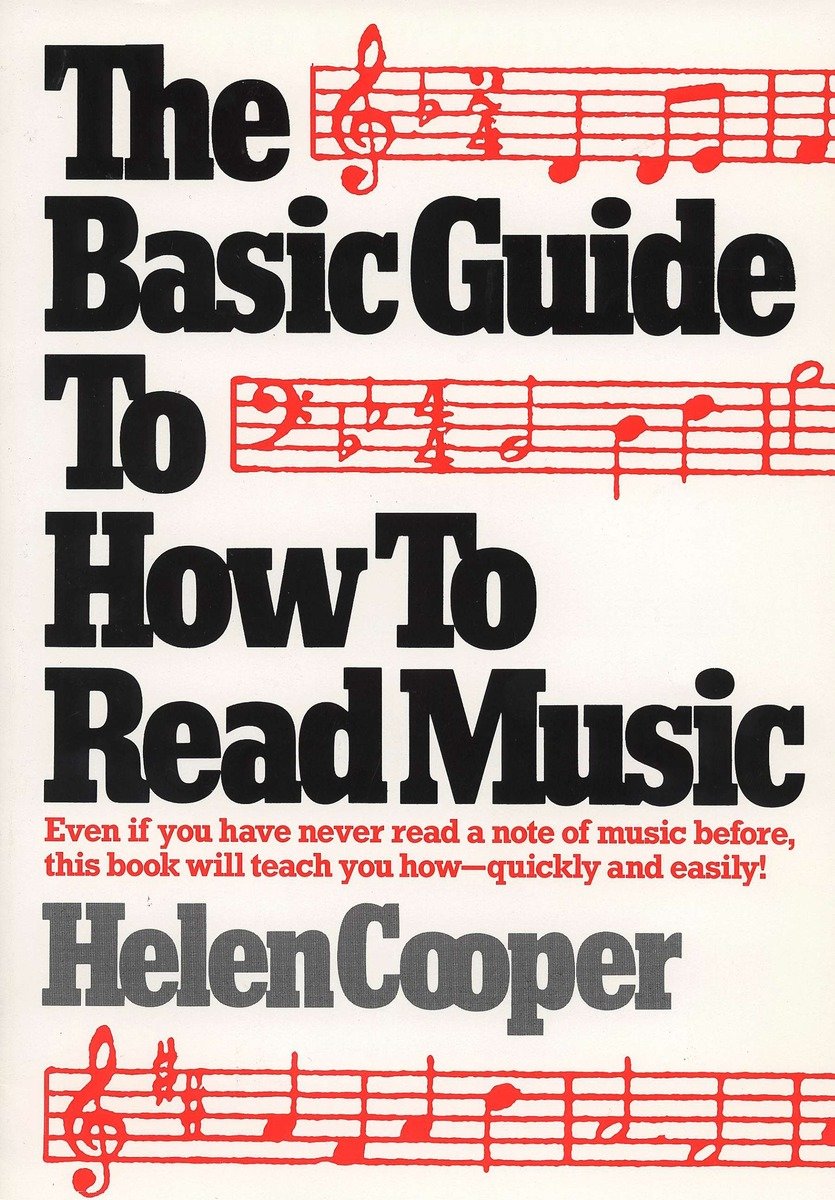The Basic Guide to How to Read Music:
24.00 JOD
Please allow 2 – 5 weeks for delivery of this item
Description
The Basic Guide to How to Read Music will teach you the principles of reading music in staff notation quickly and painlessly. If you could once read music but have forgotten how, it will refresh your memory. It contains all the terms and symbols you are likely to come across when studying music and explains them fully. Helen Cooper explains the written language of music in greater detail than you might get from your teacher. This book is ideal for the classroom, private lessons, and the home.
Additional information
| Weight | 0.15 kg |
|---|---|
| Dimensions | 0.51 × 17.78 × 4.49 cm |
| by | |
| format | |
| Language | |
| Pages | 80 |
| publisher | |
| Year Published | 1985-5-13 |
| Imprint | |
| Publication City/Country | USA |
| ISBN 10 | 0399511229 |
| About The Author | Helen M. Cooper is associate professor of English at the State University of New York at Stony Brook. |
| Table Of Content | The Basic Guide To How To Read MusicIntroduction1. PitchThe concept of pitchThe StaffThe clefNotesLeger LinesOther clefsNaming notesFollowing the shape of a melody2. RhythmThe concept of rhythmRhythm valuesSimple rhythm valuesCompound rhythm valuesNote stemsFlags and beamsRestsBars (measures) and barlinesStresses in musicTime signaturesSimple time signaturesCompound time signaturesThe organization of rhythm valuesLearning to read rhythm patternsTied notesSyncopationTriplets and duplets3. The formal organization of pitch: the structure and notation of intervals, scales and keys.Section A$#151;The piano keyboardIntroductionIntervalsThe octaveThe piano keyboardSteps and half-stepsSharps, flats and naturalsSection B$#151;The structure of the major scaleThe structure of the major scaleThe construction of subsequent sharp major scalesFlat major scalesTechnical names for the degrees of the scaleIntervals of the major scaleKey signaturesEnharmonic keysKey circlesDouble sharps and double flatsAccidentalsSection C$#151;The structure of the minor scaleThe structure of the minor scaleHarmonic formMelodic ascending formMelodic descending formComparison of major and minor formsThe construction of subsequent sharp minor scalesFlat minor scalesThe minor key circleThe intervals of the minor scaleRelative keysSection D$#151;The chromatic scaleThe chromatic scaleThe intervals of the chromatic scale4. Transposition and score readingTranspositionTransposing instrumentsThe transposing instruments of the orchestra5. Glossary of termsTempoDynamicsMood, feeling and styleGeneral termsArticulationSigns on the staff |
Only logged in customers who have purchased this product may leave a review.






Reviews
There are no reviews yet.